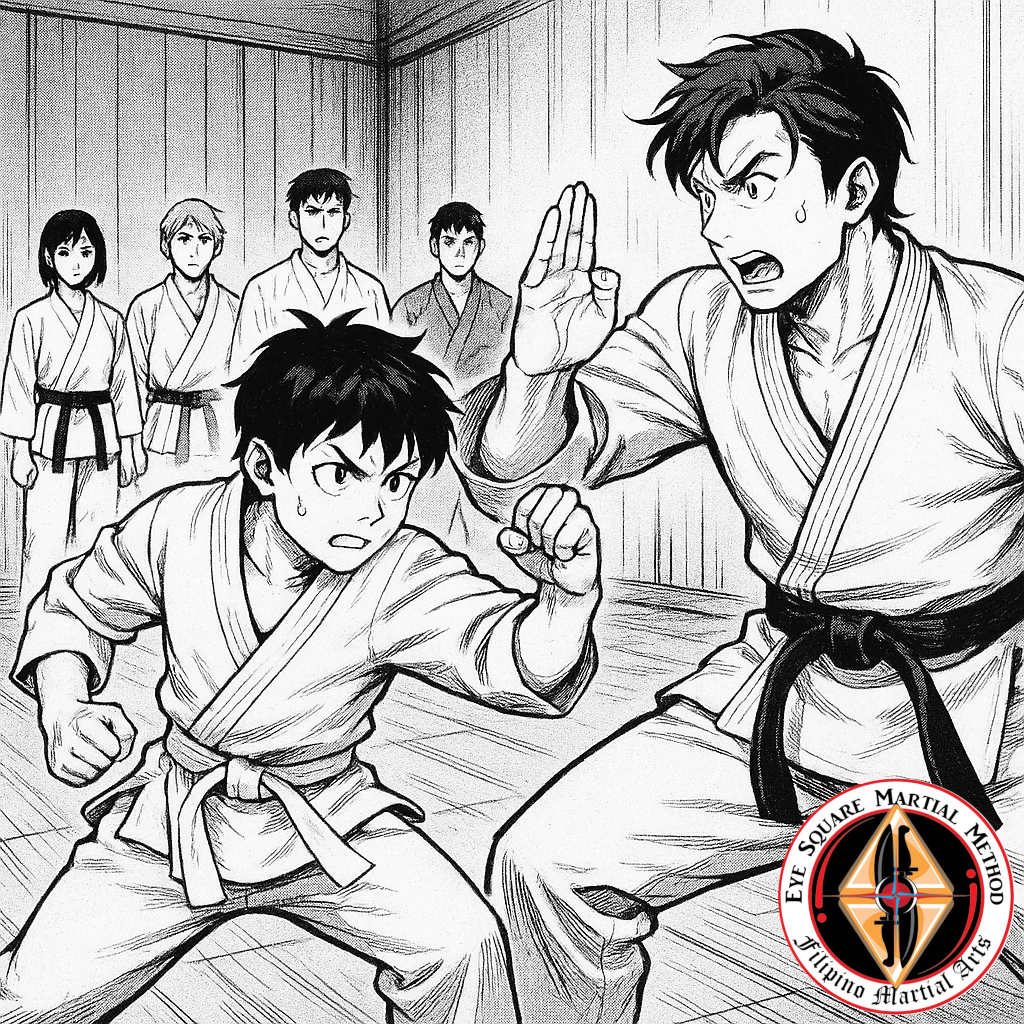You’ve seen it countless times: the black-belt instructor effortlessly dispatches dozens of opponents in pulpy action flicks, or the newest white-belt student is dismissed as “too green.” But in the real world, belt rank tells you almost nothing about how someone will perform under pressure. Here’s why, and what you can do to gauge—and build—true fighting ability beyond the ribbons and stripes.
1. Belts Measure Curriculum, Not Combat Readiness
- Time and Technique
Belt promotions generally reflect hours spent in class and proficiency in a set syllabus—forms, drills, and standardized partner exercises. They don’t measure your ability to adapt when punches aren’t landing in neat choreographed sequences. - Uniform Standards vs. Individual Variance
Dojos often require the same testing criteria for everyone. A smaller, older, or less athletic student may earn their black belt through dedication, while a larger, more natural athlete cruises through with minimal real-world application.
2. The Pitfalls of Rank-Based Assumptions
- Overconfidence
A black-belt badge can breed complacency. Believing rank equals invincibility leads many to underestimate threats like multiple attackers, weapons, or ground fighting. - Underestimation
Dismissing lower-belt or no-belt practitioners ignores their potential cross-training, street experience, or raw athleticism. The scrappiest fighter on the street often never stepped into a formal dojo. - False Security
Relying on rank can blind you to gaps in your own training. Filling a wall with certificates won’t cover deficiencies in timing, sensitivity, or scenario-based skills.
3. What Belt Rank Does Indicate
- Commitment
Regular attendance, testing fees, and time investment show dedication—qualities you want in a training partner or instructor. - Technical Exposure
Higher belts have seen more drills and forms, which can serve as a broad foundation. But exposure ≠ mastery. - Teaching Experience
Many black belts have had opportunities to teach lower ranks, sharpening their understanding of fundamentals. Still, teaching does not guarantee winning in a no-rules encounter.
4. Recognizing Genuine Skill Beyond the Belt
- Pressure-Tested Sparring
Look for training partners who thrive under full-contact or mixed-rule sparring, where timing and adaptability matter most. - Scenario Drills
Pay attention to students who excel at weapon disarms, low-light defense, or multiple-attacker simulations—realistic contexts rarely covered by traditional belt exams. - Physical and Mental Toughness
Notice who maintains composure under fatigue, surprise, or when forced out of their comfort zone. Real fight skills often emerge when techniques break down. - Cross-Disciplinary Experience
Fighters who cross-train—combining striking, grappling, and weapons—tend to develop more well-rounded skill sets than those confined to a single belt system.
5. Training Strategies to Build True Combat Ability
- Integrate Full-Contact Sparring
Use protective gear to practice hard strikes and takedowns so you learn to apply techniques under realistic force. - Scenario-Based Drills
Simulate common street situations: seated attacks, grabs from behind, or improvised weapons. - Principle-Focused Learning
Instead of memorizing sequences, drill concepts—base, angle, kuzushi (off-balancing), and timing—that apply across styles. - Feedback Loops
Record your training sessions, review mistakes with peers or coaches, and adjust in real time. Continuous refinement beats rigid syllabus memorization.
Conclusion
Belt color speaks to your journey through a curriculum, not your prowess in a live confrontation. By focusing on pressure-tested sparring, realistic scenarios, and principle-based learning, you’ll cultivate true self-defense skills—regardless of the stripes on your belt.


Leave a Reply